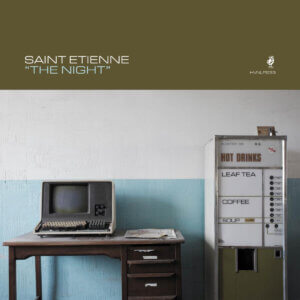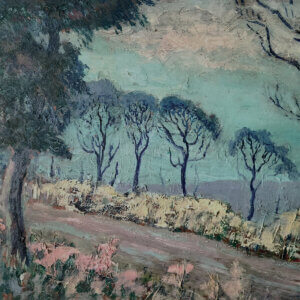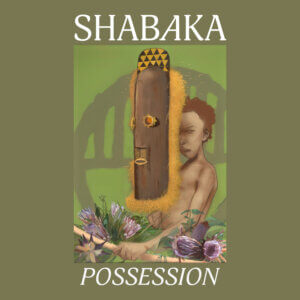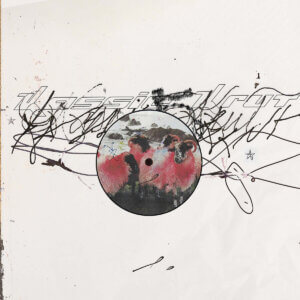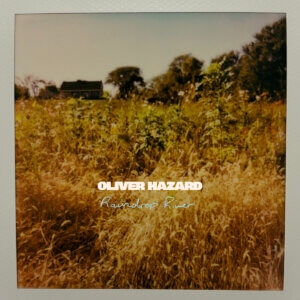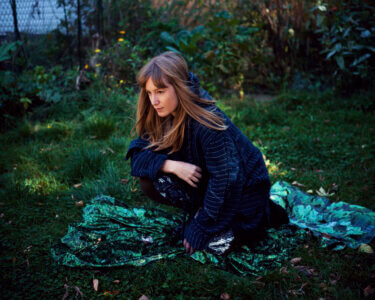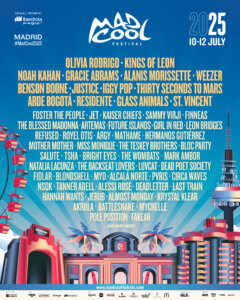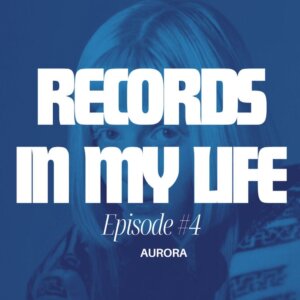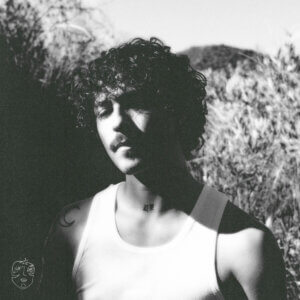Northern Transmissions Interviews Tycho
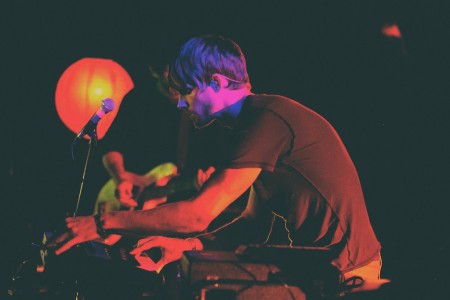
Northern Transmission talks with Scott Hansen aka Tycho.
NT: How involved are you in the visual aspect of your shows?
SH: I do all the visuals for my shows. In the past I used found footage and compiled it together, for this one I found director Charles Bergquist. I story boarded some scenarios for him, and we went out and shot ultra slo-mo, 20,000 fps. I’ve been taking his stuff and putting it into Premiere and After Effects. Basically I treat the visuals as the lighting, recently I’ve added an LED display on the floor, I realized I wanted to contrast the visuals with some other lighting that can be on the equipment and us.
NT: This is all brand new for the Album Leaf tour?
SH: This is will be the first time that we rolled out the full vision of choreography of visuals and music. People have been seeing half the visuals and half the choreography stuff, but this time I’ll finally be able to complete that aspect of the show.
NT: Do you do the art on your album covers too?
SH: I do all the graphic design, any visual scene you see I do. I look at this project as a audio/visual project. I was purely just a graphic designer for many years, musically was just something I did on the side when I had time, that’s why it took so long for this album to come out. Now I see Tycho and ISO50, which was my graphic design name, as the same thing. That’s what the live show is all about, bringing those two things together and representing them properly. The album art work sets the tone for the space the music occupies.
NT: Are you surprised at the popularity of ambient music today?
SH: It’s amazing how far it has come, in terms of larger audiences being opened up to something that used to be a small niche. Basically dance and pop music is mostly electronic now, so I think people being familiar with that sound, there is a crossover to more ambient music. Once they are open to it, they start to dig deeper, that’s when they find stuff like I’m doing or maybe Boards of Canada.
NT: Is it tough at times to play your music live?
SH: It’s definitely a challenge. A lot of the techniques I use, and the instrumentation is pretty straight forward with electric bass, and synth parts. I sometimes hear people’s music and I realize that they’ve made engineering an art form that they can only recreate in the studio. If you listen to my stuff it’s pretty simple, it really wasn’t that difficult, and it’s not about the notes and the arrangements, getting the sounds to come up as they do on the album was challenging but at a certain point I decided that the album is the album and the show is going to be a different concept. People can listen to the album at home, so when they come to the show they’ll realize that they’re getting a different experience.
NT: What type of musical background did you come from?
SH: I never played an instrument until I was about 22 or so. I came across a drum machine, because I was into drum and bass at the time, so I decided to figure out how to make the sounds. Then I got a keyboard and then eight years ago I got a guitar because I wanted to expand because I was getting into a pattern with writing songs on a keyboard.
NT: Were you into ambient music when you were young?
SH: I was never really aware of ambient music until after I started making music, then I started looking into it later. When I was a kid I was mainly into rock and metal, I didn’t get into electronic stuff until college with stuff like Roni Size and DJ Shadow.
NT: Are you hands on when other artists remix your songs?
SH: Any artist that the label and I work with I already have a lot respect for. The point of a remix for is not to just present a new version like a dance version or whatever, but I like to hear their interpretation of certain track and their take on it.
Latest Reviews
Tracks
Advertisement
Looking for something new to listen to?
Sign up to our all-new newsletter for top-notch reviews, news, videos and playlists.
